Celtic Tales: Balor of the Evil Eye
DOS game, 1995
- Genre:
- RPG
- Year:
- 1995
- Developer:
- KOEI
- Publisher:
- KOEI
- Perspective:
- 3rd-person, Isometric
- Theme:
- Fantasy, Turn-based
- Releases:
- DOS (1995)

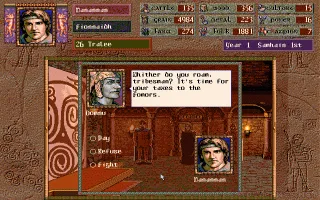

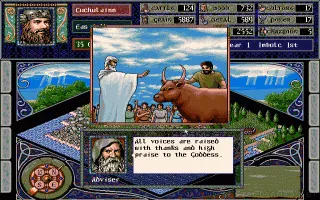
Celtic Tales: Balor of the Evil Eye is an isometric turn-based strategy game with various elements of character development, so actually a strategy combined with an RPG. The Celtic tribes on the island of Éire (Ireland) have been plagued for years by the attacks of the ancient Formor race, which has been in the world longer than the gods themselves. Only a hero sent from heaven can help, who will unite the warring tribes among themselves, become their high king and drive the Formors out of the island. You are to become that mythical savior of the Celts. …read more
Game review
Celtic Tales: Balor of the Evil Eye is an isometric turn-based strategy game with various elements of character development, so actually a strategy combined with an RPG. The Celtic tribes on the island of Éire (Ireland) have been plagued for years by the attacks of the ancient Formor race, which has been in the world longer than the gods themselves. Only a hero sent from heaven can help, who will unite the warring tribes among themselves, become their high king and drive the Formors out of the island. You are to become that mythical savior of the Celts.
You start with one kingdom and the goal is to control a total of 17 others, through a combination of war and diplomacy. Only then is a successful resistance against the Formors, led by the menacing Balor, conceivable. Until the kingdom is sufficiently strengthened, the player must, in his own interest, pay the Formors a regular tribute. One move here equals one month. Plant and animal production needs to be developed in each kingdom. Farms provide grain during the autumn harvest and cattle is a valuable trade item. Mining of wood and ore is used for the construction of houses, production of weapons and other objects. Surplus production can be disposed of through the store and sold by caravans to its neighbors. The fight, which takes place in the same window as the rest of the game, can end up by occupying the kingdom, retreating with a loot of war and capturing the enemy's heroes and recruiting them into your army. It is possible to unite the Irish tribes without a fight, which is a choice for only a small number of players due to its length.
The Celtic tribes on the island of Éire (Ireland) have been plagued for years by attacks from the ancient Formor race, which has been around longer than the gods themselves. Only a hero sent from heaven can help, who will unite the feuding tribes among themselves, become their high king and drive the Formors from the island. The mythical savior of the Celts is the player, which is not surprising as it is an isometric combination of turn-based strategy and RPG from the Japanese studio known today as Tecmo Koei, mainly in the hack'n'slash genre.
Beginnings tend to be humble. It starts with one small kingdom and the goal is to control a total of 17 others, through a combination of war and diplomacy. Only then is a successful resistance against the Formor led by the menacing Balor conceivable. Until the kingdom grows strong enough, the player must, in his own interest, pay regular tribute to the Formors. One turn equals one month here.
The player must be both a shrewd tactician and a good steward. Plant and animal production must be developed in each of the kingdoms. Farms provide grain for autumn harvests and cattle are a valuable trade item. Mining wood and ore is used to build houses, make weapons and other items. Surpluses from production can be disposed of through the shop and sold to your neighbors using caravans. Taking place in the same window as the rest of the game, combat can result in capturing kingdoms, retreating with the spoils of war, and capturing enemy heroes and recruiting them into your army. Unifying the Irish tribes is also possible without a fight, which is an option for only a small part of players due to the tediousness.
Up to seven heroes can be hired into the army, whose attributes vary depending on whether they are a warrior, druid, or bard. Only druids with bards are able to use magic whose source is religion, represented in the tables by "culture". Each hero has their own portrait, inventory and unique item that makes them stand out from the rest. When completing tasks for which the player deploys heroes, their abilities improve. So the heroes try their hand at scouting, or what it's like to guard a herd of cattle.
The gameplay can be compared to another turn-based strategy from the same authors, Romance of the Three Kingdoms. However, unlike Celtic Tales, the game's art style is almost indistinguishable from Western ones, it is a matter intended primarily for Japanese players.
Comments
There are no comments yet. Be the first to comment!
Discuss this game in our forum.
User reviews
There are no reviews yet, be the first to review this game!
Extras
- Manual .pdf, 2.94 MB










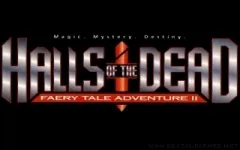
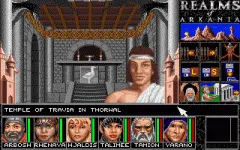


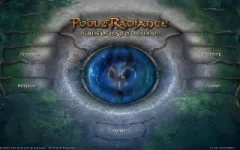
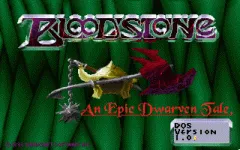

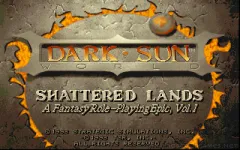
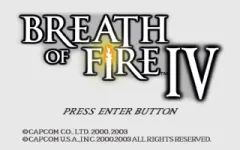
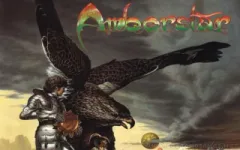
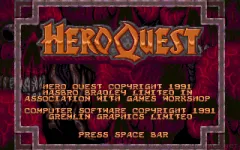
 Buy me a coffee
Buy me a coffee